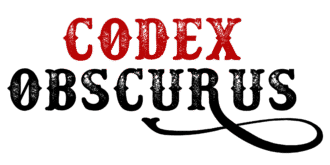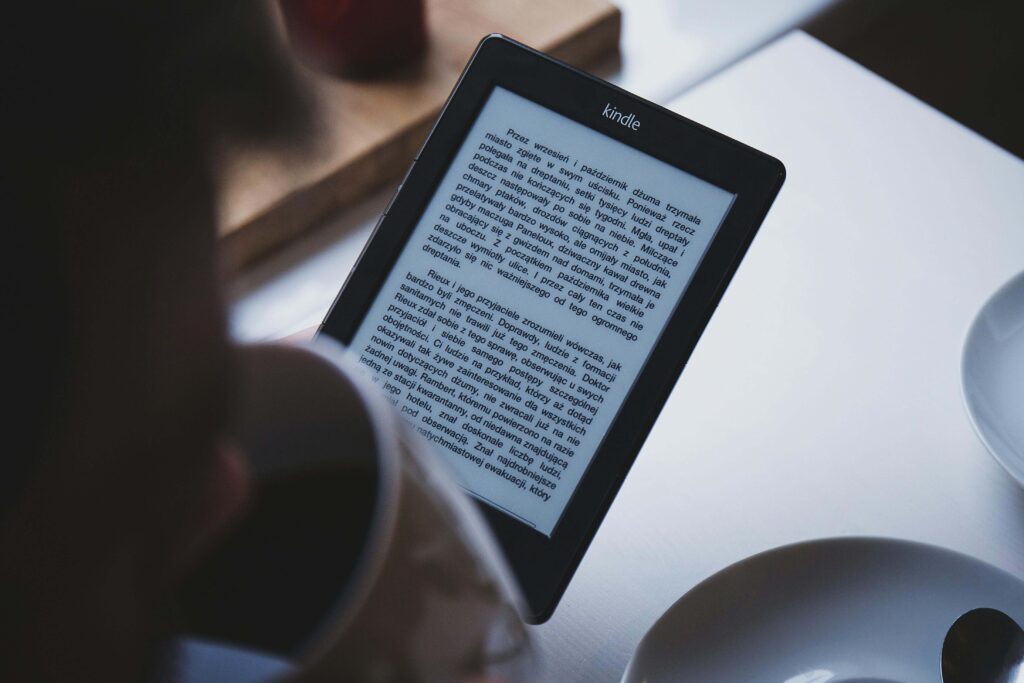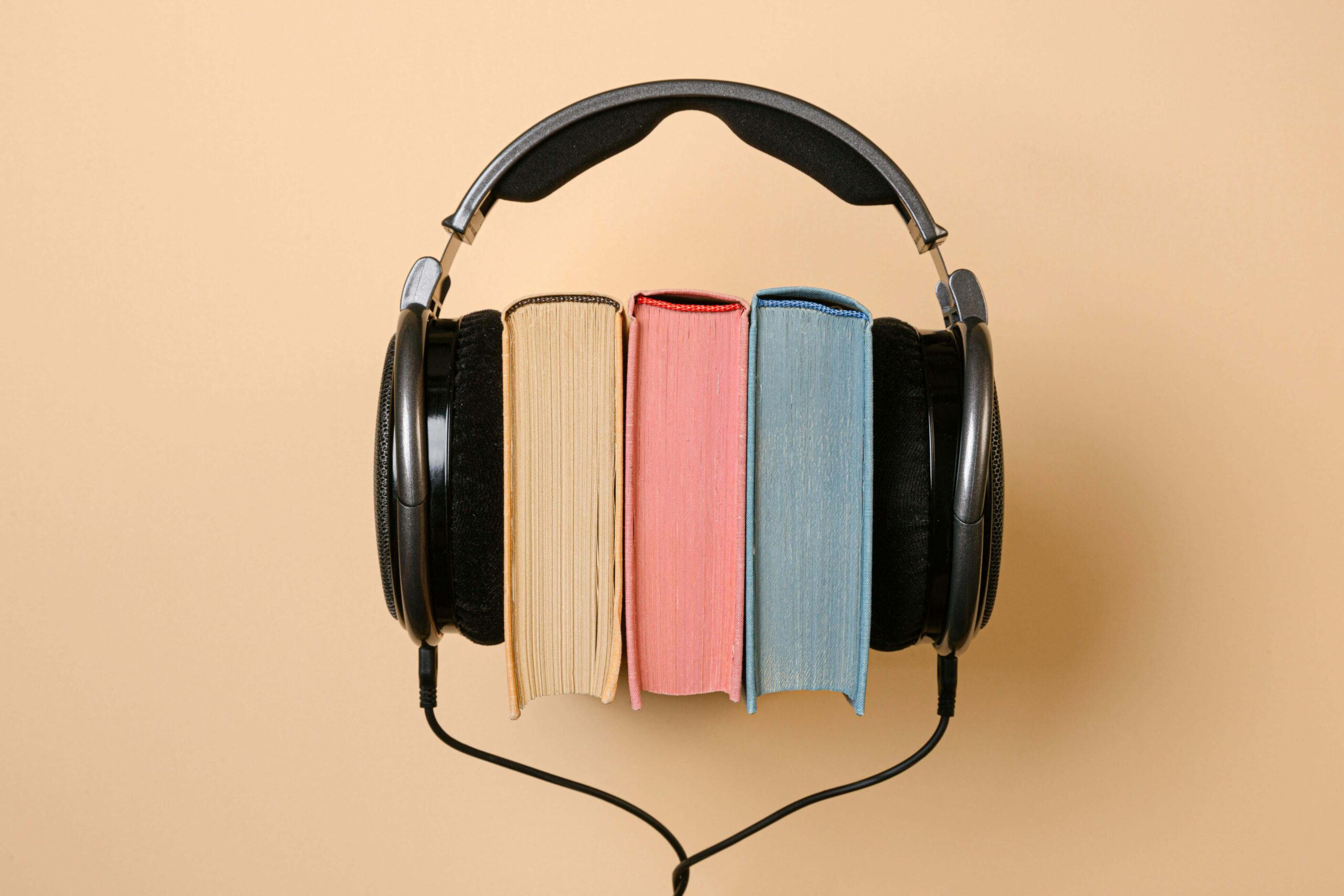
The audiobook market is on fire, and it’s not cooling down anytime soon. According to projections from Deloitte and the Audio Publishers Association, audiobooks are expected to account for over 21% of global book publishing revenue by 2030.
That’s not a prediction based on wishful thinking. It’s a direct reflection of how fast the format is climbing the charts and how quickly reader habits are changing.
We’re talking about real numbers backed by strong consumer demand, the rise of smart tech, and a whole generation of listeners who would rather press play than flip pages.
People are squeezing stories into their commutes, workouts, grocery runs, and even laundry days. As Audiobooks gain ground, they reshape what it means to be a reader in the first place.
If you’re an author, this surge in audiobook popularity is one of the biggest doors opening right now. Think of it this way: you could be selling the same exact book, but reaching a completely different group of people.
These are listeners who may never pick up a paperback but will binge your audiobook in two days flat. That kind of format shift has the power to expand your reach, multiply your revenue, and create a deeper, more intimate connection with your audience, especially when the story is spoken right into their ears.
I’ve seen indie authors double their book income simply by releasing an audiobook version. It didn’t take a major studio or a fancy setup, just a good voice, clean audio, and the decision to meet listeners where they are.
And right now, they’re on Spotify, Audible, and in the middle of their morning jog, ready for your next chapter.
Audiobook Market Growth
The global audiobook market was valued at over $8.7 billion in 2024, and it’s projected to grow at a CAGR of 26.2% through 2030, according to Grand View Research.
This growth is explosive compared to the relatively flat one of print books and the cooling pace of eBook sales. When you lay those numbers side by side, it becomes obvious: audiobooks are the publishing world’s rising star.
So, what’s fueling the fire? First, the average person is spending more time on the go. Commutes, errands, and long workdays don’t leave much room for sitting down with a book, but people still crave stories and learning.
Audiobooks fit easily into these pockets of time, letting listeners stay engaged without needing to pause their day.
Second, screen fatigue is real. After hours spent staring at laptops, phones, and TVs, most of us feel tapped out. Listening to a book gives your eyes a break while still feeding your imagination. It’s relaxing and immersive in a way that reading off a screen can’t always offer.
Third, subscriptions like Audible, Spotify, and Scribd have lowered the barrier to entry. Instead of buying one audiobook at a time, listeners now have unlimited access to entire libraries. This shift is turning casual browsers into regular listeners, and regular listeners into long-term fans.
In many ways, audiobooks have become the publishing equivalent of streaming TV. They’re fast, portable, and perfectly tailored to multitasking. Whether someone’s folding laundry, walking the dog, or stuck in traffic, they can stay connected to a story without slowing down.
Audiobooks are no longer just nice to have. They’re a must-have.
As an author, that should get your wheels turning. This is a format built for modern life, and it’s growing because it fits. When I released my first audiobook, I realized that besides adding another version of my book. it was unlocking an entirely new rhythm of consumption.
People were finishing it in two days while doing everyday things like cooking or cleaning. That’s the kind of engagement most formats can’t deliver.
Let the stats speak—and then let your story speak, too. Through their headphones. While the world keeps moving.
Who’s Driving the Audiobook Boom?
If you’re thinking audiobooks are for older readers with declining eyesight, think again. The biggest consumers are Millennials and Gen Z, particularly working professionals.
These are digital natives, people who grew up streaming content, toggling between apps, and squeezing information into every possible pocket of their day.
They’re the same crowd who queue up podcasts on the drive to work, stream music while folding laundry, and use smart speakers to catch up on news while they make breakfast.
Audio content fits their pace, their routine, and their preference for learning or relaxing while doing something else. For them, listening isn’t a backup plan. It’s the default.
I’ve seen this firsthand. A friend of mine, who rarely finishes a physical book, burned through my audiobook in two sittings, while meal prepping and running errands. She even messaged me afterward to say it felt like I was in the room with her. That kind of connection is hard to get through text alone.
And here’s what makes this trend even more exciting: completion rates for audiobooks are significantly higher than those for eBooks or print. When someone hits play, they’re more likely to stick with your story all the way through.
That means more impact, more reviews, and a better shot at building a loyal following. In a world full of distractions, that kind of follow-through is gold.
Platforms Leading the Way
Audible still leads the pack when it comes to audiobooks, but Spotify is closing the gap fast. In 2023, Spotify made a bold move by offering free audiobooks for Premium users, and that decision turned a lot of heads.
Millions of people who had never given audiobooks a second thought suddenly had access right inside their music app. That exposure shifted listening habits almost overnight and introduced authors to an audience that wasn’t previously reachable through traditional audiobook channels.
Spotify didn’t stop there. They began curating featured titles, improving discovery tools, and testing new ways to recommend books alongside music and podcasts. For authors, that kind of visibility can be priceless, especially when you’re competing in a noisy market.
Other key platforms are also worth paying attention to. Apple Books offers a smooth, no-fuss experience for anyone using an iPhone, iPad, or Mac. It’s baked right into their ecosystem, which means your audiobook can sit alongside someone’s favorite playlists and downloaded eBooks.
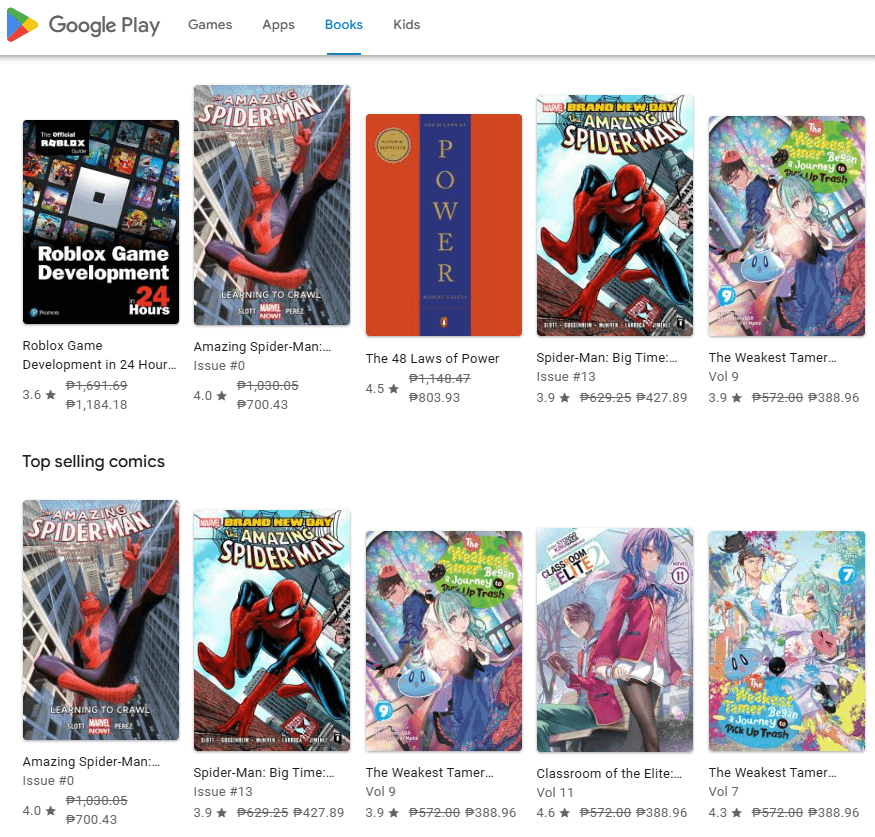
Google Play Books is a solid choice for listeners who prefer one-time purchases without the pressure of monthly subscriptions. Then there’s Kobo, which is especially strong in Canada, Japan, and parts of Europe—a good option if you’re trying to expand your reach internationally.
And Chirp is quickly gaining traction by offering daily audiobook deals that appeal to price-sensitive listeners and impulse buyers.
What makes this moment exciting is that, as an author, you’re no longer boxed into a single storefront like Amazon.
Thanks to Findaway Voices and Authors Republic, you can distribute your audiobook to more than 30 platforms globally, all from one place. That means more control, more flexibility, and more ways to get paid.
When I released my own audiobook, I chose wide distribution, and I’m glad I did. Sales trickled in from places I hadn’t even heard of, and I started seeing downloads in markets I’d never marketed to. It was like planting seeds in thirty different gardens.
Some took longer to grow than others, but over time, it built a stronger, more sustainable stream of income. And it all started by saying yes to more than one shelf.
What This Means for Authors
Audiobooks are no longer just nice to have. They’re a must-have. The demand is rising, the platforms are multiplying, and listeners are showing up ready to buy.
I’ve worked with several indie authors who made the leap into audio, and I’ve watched what happened next. One saw her audiobook outsell the eBook version within six months of launch.
Another emailed me after her second quarter to say she’d seen a 40% revenue boost from her audio edition alone. Nothing in the manuscript changed. Same story, same value, but it connected differently with people who live life through earbuds.
This was a busy, mobile-first audience that wasn’t shopping for digital books but devoured audiobooks during daily commutes and evening workouts.
That’s the magic of format. When you offer your book in audio, you unlock entirely new listening situations. You start showing up in someone’s car, on their morning run, or while they’re washing dishes. That level of accessibility is powerful.
People are squeezing stories into their commutes, workouts, grocery runs, and even laundry days.
Here’s what you gain as an author releasing audiobooks:
You expand your reach to commuters, fitness buffs, and multitaskers—the people who read with their ears because their hands are always full. You get higher engagement rates because narration adds tone, rhythm, and emotional depth that keeps listeners hooked until the final chapter.
You enter a premium pricing model, where listeners are used to paying more for audio than they do for print or eBooks. And most importantly, you build a long-tail revenue stream that continues to sell with very little effort after it’s published.
When I published my own audiobook, I thought of it as a side project. But after a few months, I saw it was outselling my eBook on some platforms. That was a turning point for me. I realized that some people weren’t skipping my book. They were waiting to hear it.
The Challenges of Audiobook Production
Before you rush to record, take a breath. Audiobook production has a learning curve, and it’s easy to underestimate what goes into it. Apart from letting your readers read your book out loud, it also creates a listening experience that holds someone’s attention for hours, without distractions, technical flaws, or awkward delivery.
You need clean narration, whether that’s your voice or someone else’s. If you’re confident and comfortable behind a mic, you can give it a go yourself. But if your pacing is off or your tone feels flat, listeners will pick up on it instantly.
In many cases, hiring a professional voice actor adds polish, personality, and trustworthiness to your content, especially in nonfiction.
Then comes the technical side. Audio engineering is what makes the difference between a garage-level recording and something that sounds studio-grade.
That means removing background noise, balancing the volume across chapters, and making sure the final file meets ACX standards, which can be surprisingly strict. If you plan to publish on Audible, your audio won’t even get accepted unless it passes those checks.
And let’s not forget metadata optimization. This is how your audiobook shows up in search results. It includes things like your keywords, genre tags, sample clips, and even your cover image. If your metadata is vague or missing, your audiobook can get buried, no matter how good it sounds.
Now, about the cost: Hiring a narrator through platforms like ACX or Voices.com typically ranges from $200 to $400 per finished hour. So for an 8-hour audiobook, you’re looking at an investment of $1,600 to $3,200. That doesn’t include editing or mastering unless the narrator offers it as a package.
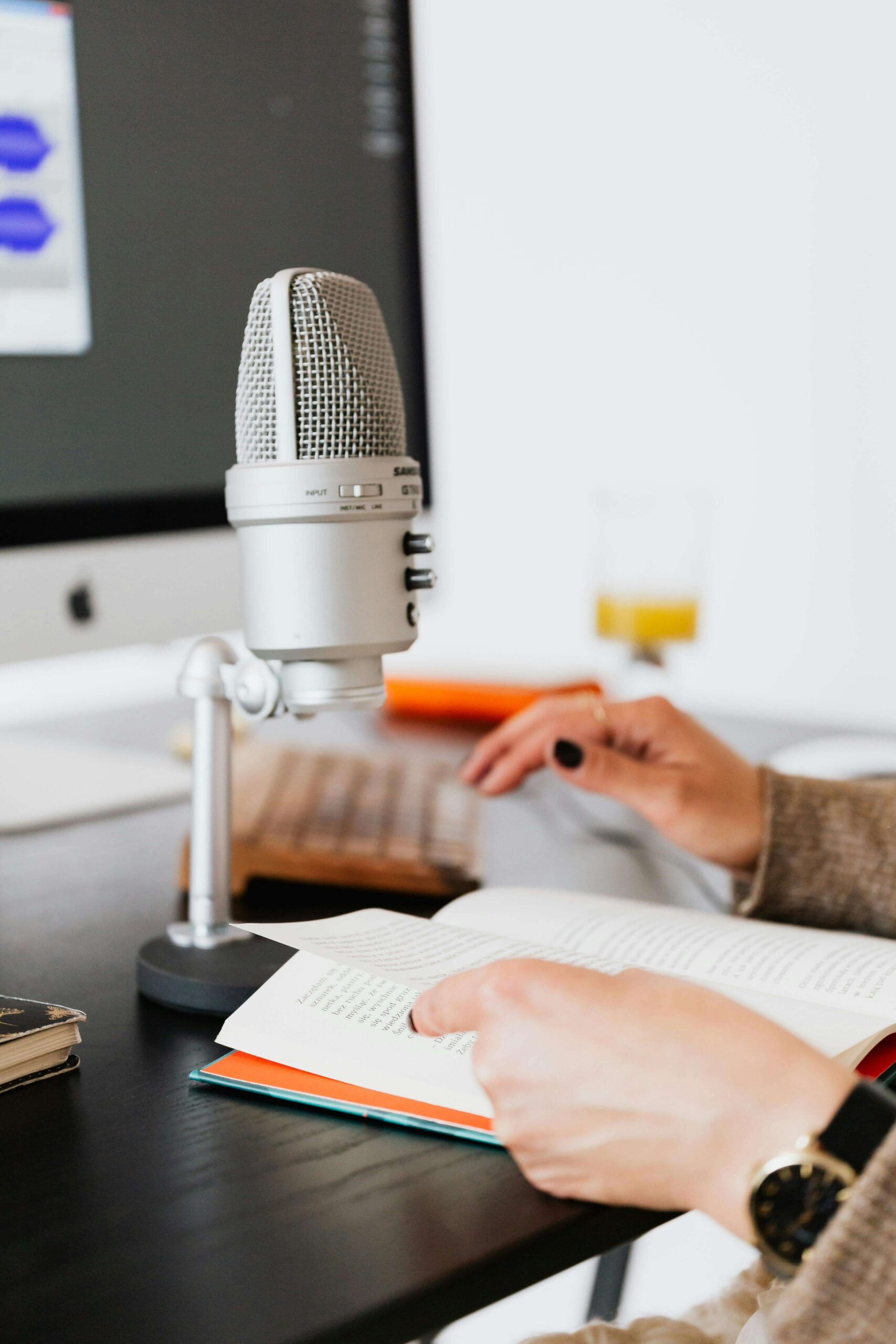
I know that number might feel heavy, especially if you’re an indie author funding everything out of pocket. When I priced out my first audiobook, I hesitated. But I kept hearing from authors in my circle who said the same thing. It paid for itself in under a year.
And they weren’t exaggerating. If you’ve already built an audience, or if you’ve got a marketing funnel ready to go, the return can be real. One author told me her audiobook outperformed all other formats during the holidays, simply because her listeners were more engaged than her readers.
So yes, it’s work. Yes, there’s a cost. But you’re building an asset, one that keeps working long after you hit publish.
How to Get Started with Audiobooks as an Author
If you’re ready to expand your reach and create a new stream of income, turning your book into an audiobook is a solid move. But you don’t need to be a tech expert or have a Hollywood-level studio to make it happen. You just need the right steps and a bit of patience.
Here’s a practical path to bring your story to life in audio:
First, prepare your script. This part is often overlooked, but it’s important. Read your manuscript aloud and flag anything that won’t make sense without visuals, things like charts, long footnotes, or complex formatting.
If your book has a table or image reference, rewrite that section so it flows naturally in spoken form. I like to think of this stage as creating the audio-friendly version of your story, one that sounds smooth in someone’s ears.
Next, decide who will narrate. This choice can shape how your audience connects with the story. You can record it yourself using a decent mic and a quiet, echo-free space.
I’ve done this with nothing more than a $100 mic, blankets on the walls, and a lot of patience. But if that sounds overwhelming, you can hire a professional narrator through ACX, Findaway Voices, or Voices123. Pros know how to pace their delivery, add natural inflection, and keep listeners engaged for hours.
Then comes the part where everything comes to life: recording and editing. If you’re self-narrating, free tools like Audacity or advanced software like Reaper can get the job done. But the editing process takes time.
Every breath, background hum, or audio spike needs to be smoothed out. I recommend hiring an audio editor if you’re not comfortable handling it. Good sound quality makes or breaks the listener experience.
Once your audiobook is ready, distribute smartly. ACX is a great choice if you’re focusing on Amazon and Audible. If you want your audiobook available on platforms like Spotify, Apple Books, and dozens of others, go wide with Findaway Voices. These services handle the technical stuff, from file formats to global reach, so you can focus on your content.
Finally, promote it. Share audio samples on your social media. Offer sneak peeks on your website. Partner with podcast hosts and cross-promote with other authors.
Audiobooks have become the publishing equivalent of streaming TV.
I once sent out a free chapter to my email list, and the open rate spiked higher than any other email that month. Listeners love previews. It gives them a taste of what they’ll get without a full commitment.
Audio production takes effort, no doubt. But it’s a one-time process. Once your audiobook is published and live on platforms, it becomes an asset. One that works quietly in the background, building your audience and earning income while you sleep.
Future Trends to Watch
The audiobook industry is evolving faster than most authors realize. What started as a niche market has become one of the most dynamic segments in publishing. And it’s still picking up speed.
Let’s start with AI narration. Tools like Google’s WaveNet and ElevenLabs are producing synthetic voices that sound strikingly real, so much so that some listeners can’t even tell the difference.
A growing number of platforms are now open to AI-read books, especially for short nonfiction, tutorials, and how-to content. This can lower production costs dramatically and speed up release timelines.
It won’t replace human narration for emotional storytelling or dramatic fiction, but it’s already proving effective in areas where tone is neutral and the content is instructional.
Then there’s the rise of subscription-first models. Platforms like Spotify and Audible are moving toward flat-rate models that reward content based on listening time rather than one-time purchases.
That could significantly reshape royalty structures, giving authors more incentive to create longer, binge-worthy content. Think of it like Netflix for books—where keeping a listener hooked matters just as much as getting the initial download.
Next, we’re seeing more authors experiment with immersive audio. This trend involves adding background music, sound effects, and even multiple character voices to create a richer experience.
It’s especially popular with fiction and thrillers. Some indie authors are turning their books into full cinematic-style productions—complete with original scores and ambient sound. It takes more effort, but the end product is unforgettable.
Finally, there’s a growing blend of podcast-book hybrids. Serialized fiction and nonfiction are being released as limited-run podcast series, tapping into the huge podcast audience and giving listeners a reason to follow your content week after week.
These hybrids often lead to increased sales of full audiobooks or related print editions because they create a sense of anticipation and loyalty.
Staying aware of these trends helps you stay ahead of the curve and competition. The more flexible you are as a creator, the more doors you’ll find open.
Now, let’s be real. If you write books and haven’t explored audiobooks yet, you’re leaving money, readers, and growth on the table.

In my own experience, releasing an audiobook felt like unlocking a completely new audience. People who never even clicked on my eBook started messaging me after hearing the audio version during their morning commute.
Some even said it was the first book they’d “read” all year. That moment told me this wasn’t a bonus feature. It was a smart business decision.
The audiobook space in 2025 feels a lot like Kindle publishing in 2012. Still growing. Still accessible. Still full of untapped opportunity. Those who lean in now are building an edge that could last for years.
So here’s my advice: get in early. Treat your audiobook like a serious asset. Make it part of your publishing strategy—not a side experiment.
Because by the time we hit that 21% market share by 2030, the authors who moved early will already be sitting on top of the rankings with listeners coming back for more.
Your voice—or your narrator’s—could be the next thing someone hears while they drive, jog, or cook dinner. Let that sink in. And then start recording.
